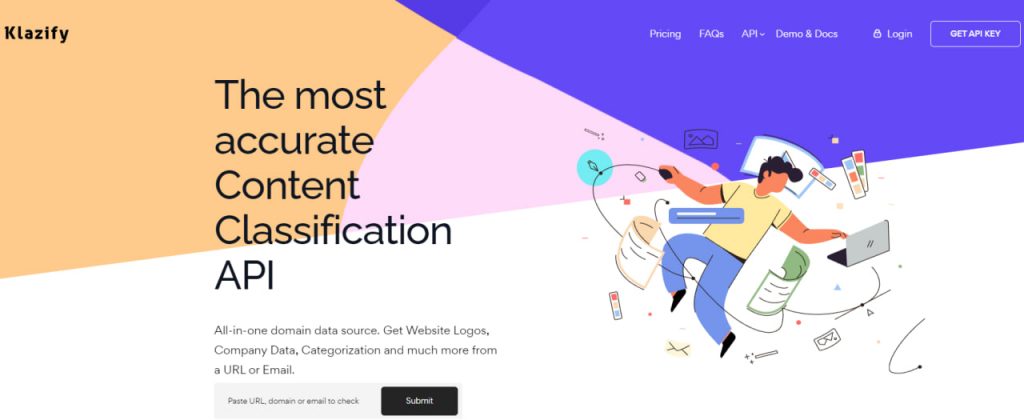For companies, maintaining their online presence is essential for reaching out to customers, generating revenue, and establishing their brand identity. A critical component of any company’s online presence is its domain name, which serves as the primary address for its website. However, failing to renew a domain name can result in a loss of website traffic, revenue, and potential legal issues. To avoid such situations, it is essential to keep track of domain expiration dates and renew them before they expire, which can have dire ramifications, such as:
- Loss of business: If the corporation relies on its website for online sales or customer acquisition, the loss of its website can lead to a significant decline in business.
- Damage to reputation: If customers or partners attempt to visit the corporation’s website and find it unavailable, it can create the impression that the corporation is unprofessional or unreliable.
- SEO impact: A domain name that expires and is not renewed can cause the corporation’s website to lose its search engine rankings, which can make it more difficult for potential customers to find them online.
Now more than ever, these kinds of operations, such as finding out a company’s domain expiration, can be handled by an API.

Klazify, a powerful API, fortunately, is able to provide a simple and effective way for companies to monitor their domain expiration dates, as well as those of their competitors, which is equally important to monitor their financial situation.
What Is Klazify?
Klazify is a natural language processing (NLP) API that can analyze and categorize large volumes of text data related to corporate information. Its NLP capabilities can help extract valuable insights and information, making it a valuable addition to any company’s data analysis toolkit.
Klazify is specifically designed to help companies and organizations analyze and categorize text related to corporate information. This includes text related to company names, domains, and other corporate entities.
This powerful API offers several features that are particularly useful for corporate information analysis, such as entity recognition, which can identify mentions of companies, people, and other entities in text. The API can also perform topic classification, which can categorize text into predefined categories such as “finance,” “technology,” “legal,” and others.
Additionally, Klazify can provide sentiment analysis, which can help companies understand how their brand or products are being perceived in the market. This can be especially useful for monitoring social media or other online channels where customers may be discussing the company or its products.
How Does Klazify Work?
Klazify is at its core a content classification API, and it has several dedicated endpoints to perform accurate queries on several fields. For the purposes of domain expiration dates, the API has an endpoint that focuses on precisely that.
Here’s an example of how to retrieve a domain’s expiration date using this API, all it takes is the company’s URL as input for it to perform a search. In this case, the target of the search was Nintendo:
{
"domain": {
"domain_url": "https://www.nintendo.com/"
},
"success": true,
"domain_registration_data": {
"domain_age_date": "1995-01-10",
"domain_age_days_ago": 10336,
"domain_expiration_date": "2024-01-09",
"domain_expiration_days_left": 254
}
}How Can I Get Klazify?
Klazify is an API that provides an efficient way for companies to monitor domain expiration dates and avoid potential issues resulting from a lapsed domain. By using the API’s NLP capabilities, companies can also gain valuable insights into their industry and competitors, making it a valuable tool for any business. You can try it out by following these steps:

- Create an account at Klazify’s site. Then select your desired endpoint of choice.
- Use these codes and then call the API. You can get a unique API key on your account dashboard.
- Finally, press the “Run” button and you’re ready! The API response will be on your screen. You can also choose a programming language.

